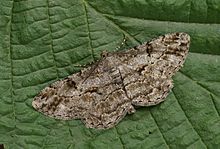
The willow beauty is a moth of the family Geometridae. It is a common species of Europe and adjacent regions. While it is found widely throughout Scandinavian countries, which have a maritime climate, it is absent from parts of the former USSR which are at the same latitude but have a more continental climate.
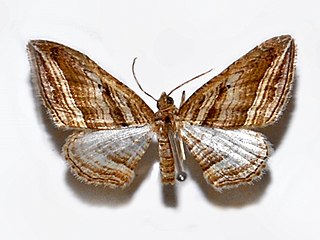
Scotopteryx is a genus of moths of the family Geometridae described by Jacob Hübner in 1825. It is suspected that some species currently placed here actually belong in Entephria.
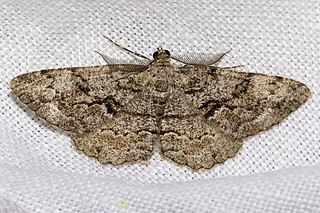
Peribatodes secundaria, the feathered beauty, is a moth of the family Geometridae. The species was first described by Michael Denis and Ignaz Schiffermüller in 1775. It can be found in Europe.

Cymatophorina is a monotypic moth genus of the family Drepanidae first described by Arnold Spuler in 1908. Its only species, Cymatophorina diluta, the oak lutestring or lesser lutestring, was described by Michael Denis and Ignaz Schiffermüller in 1775. It is found in much of Europe, with subspecies Cymatophorina diluta hartwiegi occurring in Britain.
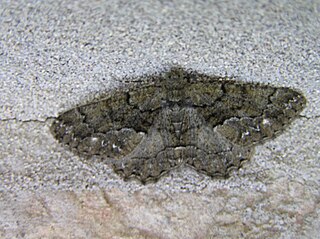
Peribatodes ilicaria, the Lydd beauty, is a moth of the family Geometridae. The species was first described by Carl Geyer in 1833. It can be found in Europe and North Africa.

Charissa is a genus of moths in the family Geometridae.
Dyscia is a genus of moths in the family Geometridae erected by Jacob Hübner in 1825.

Gnophos is a genus in the geometer moth family (Geometridae). A mostly Old World lineage, it is abundant in the Palearctic, with some North American species as well; in Europe six species are recorded. This genus has about 120 known species altogether in several recognized subgenera, with new ones still being discovered occasionally.
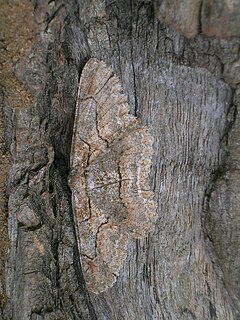
Hypomecis is a genus of moths in the family Geometridae first described by Jacob Hübner in 1821.

Lomographa is a genus of moths in the family Geometridae. The genus was erected by Jacob Hübner in 1825.
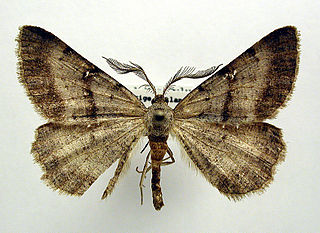
Selidosema is a genus of moths in the family Geometridae first described by Jacob Hübner in 1823.

Theria is a genus of moths in the family Geometridae erected by Jacob Hübner in 1825.
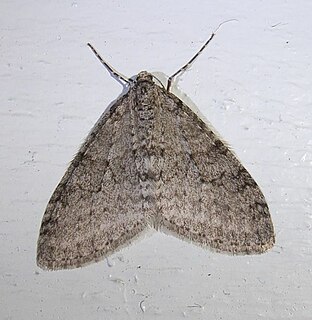
Trichopteryx is a genus of moths in the family Geometridae erected by the German entomologist, Jacob Hübner in 1825.

Apocheima hispidaria, the small brindled beauty, is a moth of the family Geometridae. The species was first described by Michael Denis and Ignaz Schiffermüller in 1775. It is found from Spain through central Europe to Russia. In the north, the range extends to southern Sweden. In the south, it is found on all of the Balkan Peninsula up to the Black Sea.
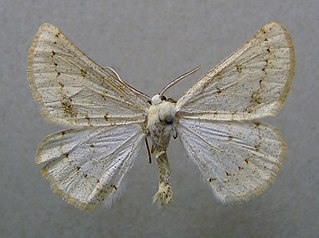
Dyscia conspersaria is a moth of the family Geometridae first described by Michael Denis and Ignaz Schiffermüller in 1755. It is found in south-eastern Central Europe and Asia Minor.
